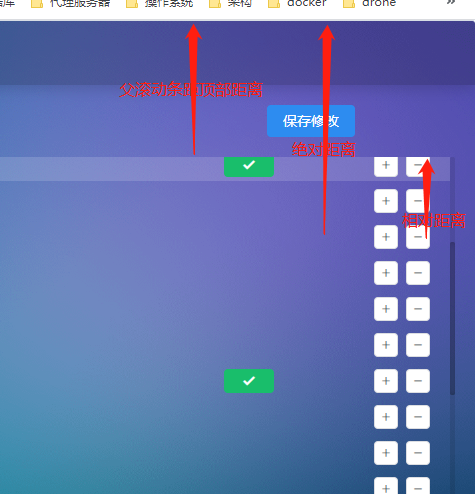Vue之Vuex的使用
前言
简单记录一下Vuex使用
什么时候使用
当我们的多个vue实例(页面)或者组件绑定了同一个变量时,我们应该怎么处理?
- 如果是父子组件,我们可以使用props和emit来解决;
- 如果是兄弟组件(没有关联的两个页面),我们可以考虑使用全局变量,甚至是eventHub等全局监听对象;(使用vue.prototype.xxx挂载的变量并不是相应式的, 可以在全局Vue实例的data中添加变量)
- 当然Vue官方建议的是使用Vuex去解决;
使用规则
- 修改state需要通过提交mutation事件来实现;
- mutation的实现必须是同步操作;
- 对于异步操作需要通过分发action来实现;(async action => mutataion => state)
Vuex与全局变量的区别
- Vuex的状态存储是响应式的;
- 修改state时需要通过提交mutation来完成;
vuex中state的修改为什么需要使用mutation来完成?
- 使用mutation来修改state,可以更好的监听每个state值得变化;(可以再对应修改位置,添加打印,或进行数据的处理,更方便的监听和调试);
- 更好的兼容官方调试工具devtool;(通过监听mutation事件来实现);
为什么需要使用action来完成异步的mutataion操作?
- mutation类似于创建一个事件,函数相当于事件的回调函数;
- 当回调函数为异步函数时,我们无法确定多个mutation的执行顺序;
- 当我们处理事务相关的操作,无法确定修改顺序;
- 不方便使用devtools来调试state, 难以确定执行顺序, devtools是通过监听mutation事件来实现的;
- action可以使用promise-then、async-await来保证mutation的执行顺序;
Vuex的导出了哪些对象?
- Store: 用于创建Store存储实例;
- install: 注册到Vue暴露的方法;
- mapxxx: 简化vuex的引用;
- createNamespacedHelpers: 简化具有命名空间的模块引用;
1
2
3
4
5
6
7
8
9
10declare const _default: {
Store: typeof Store;
install: typeof install;
mapState: typeof mapState,
mapMutations: typeof mapMutations,
mapGetters: typeof mapGetters,
mapActions: typeof mapActions,
createNamespacedHelpers: typeof createNamespacedHelpers,
};
export default _default;
创建Vuex.Store实例
- 以一个简单登录验证为例
1
2
3
4
5
6
7
8
9
10
11
12
13
14
15
16
17
18
19
20
21
22
23
24
25
26
27
28
29
30
31
32
33
34
35
36
37
38
39
40import Vue from 'vue'
import Vuex from 'vuex'
import createPersistedState from 'vuex-persistedstate'
import { login } from '../api/auth/login'
import { setCookie } from '../libs/cookie'
import md5 from '../libs/md5'
Vue.use(Vuex)
export default new Vuex.Store({
state: {
user: {
uuid: '',
username: 'xxx',
nickname: 'developer',
headImage: '',
auth: []
}
},
mutations: {
setUserInfo(state, { uuid, username, nickname }) {
state.user = Object.assign(state.user, { uuid, username, nickname })
}
},
actions: {
async login({ commit, state }, { username, password }) {
const inputInfo = { username: username, password: md5(password) }
const ret = await login(inputInfo)
if (ret && ret.uuid) {
commit('setUserInfo', ret)
setCookie('token', ret.token)
return true
}
return false
}
},
plugins: [createPersistedState({ // 避免页面刷新后重新初始化state
storage: window.localStorage
})]
})
在Vue实例中怎么引用?
- 在入口文件main.js中注册后,Store下的state、mutation、action就被挂载到Vue.$store下了,可以直接调用;
- 如果引入的数量较多时,可以使用Vuex导出的mapxxx方法来批量引入;
- 在computed中进行引用,更好的监听状态的修改;
参考链接
总结
本博客所有文章除特别声明外,均采用 CC BY-NC-SA 4.0 许可协议。转载请注明来自 个人记录!
评论


